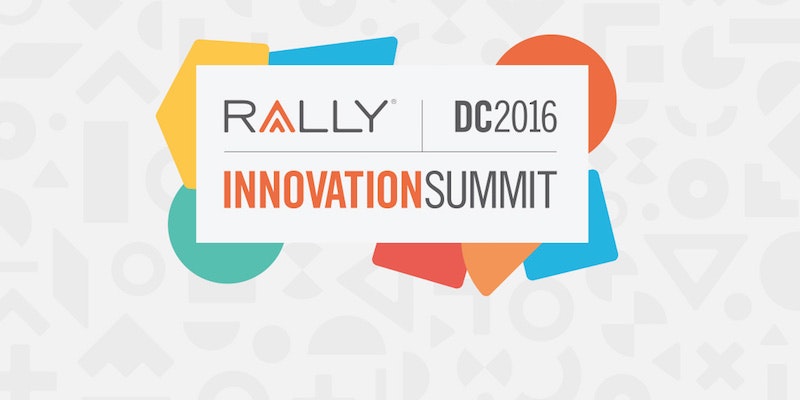In 1990, relief worker Jerry Sternin of Save the Children was invited to Vietnam to help its government deal with a crisis of child malnutrition. The trouble was, the big, obvious solutions, such as modernizing the country’s agricultural, medical, and education systems, were far too expensive and would take too long. Sternin needed to find a way to fix the problem — and fast.
Sternin noticed that in many villages, there were some kids who appeared to be well fed, even though they lived on the same rice rations as everyone else. He decided to take an unorthodox approach and gather the villagers together to discuss their cooking and eating habits. He learned that some people were doing things a little differently from their neighbors, and sometimes it made a big difference.
For example, while most children got their rice in two big meals each day, some families spread the rice ration out into four smaller meals. It turns out children’s stomachs can only process so much rice at a time, so the kids who were getting two big meals weren’t able to absorb all that precious nutrition. The children who ate four smaller meals actually got more out of each one.
That simple change meant the difference between life and death for some children. Sternin encouraged the villagers to share their techniques with each other and make small changes to their traditional routines. It turned out that some solutions to the nutrition crisis were right there, within reach of everybody — it just took a little investment of time and energy to find and spread them among the population.
That same spirit was behind the first Rally® Innovation Summit, which recently took place in Washington, DC, only this time the topic was how to make health care more engaging to consumers. This unique gathering in the nation’s capital brought together the four key stakeholders in the health care industry: payers, providers, employers, and federal regulators. We all have an interest in making health care work better for consumers, but not everyone always agrees on how to do it.
But keynote speaker Dan Heath had a very clear message to impart: Don’t look for a magic solution. Instead, look for what’s already working, and build on that. Heath is a best-selling author whose most recent book (co-written with Dan’s brother, Chip Heath) is Decisive: How to Make Better Choices in Life and Work, and he was exactly that when discussing health care.
When it comes to improving our health care system’s many problems, we all have to accept that there is no “silver bullet,” says Heath, no one magic solution that will fix everything. Instead, like Sternin in Vietnam, we should focus on the “bright spots,” the areas where things actually are working well, and invest the time, energy, and, yes, money to expand and develop them.
As Heath likes to point out (and I strongly agree with him), the existing health care system has always been good at some things, and not very good at others. It’s based on a system of claims data and clinical predictive models which concentrate on the question, “What’s the matter?” In other words, the systems exists to deal with health problems when they arise — and not until then.
But the “What’s the matter?” approach fails when it comes to the question “What matters most?” In other words, what do consumers actually want from their health care system?
Here, at least, a few things are clear. In survey after survey, when consumers are asked what they want from their employer-sponsored health care, certain items are always at the top of the list: Personalization, cost transparency, ease of use, and a unified experience. Basically, they want an experience that allows you to see all your information and make all your transactions in one place.
According to the 2016 Deloitte report What Matters Most to the Health Care Consumer, “Expectations in these health care interactions are being shaped by the customized and convenient experiences [consumers] have grown accustomed to in other industries, like retail and banking. As a result, they are demanding greater personalization; transparency in network coverage, medical prices, and bills; convenience; and more engaging digital experiences and capabilities.”
At Rally, we know what consumers want, because they’re very happy to tell us — all you have to do is ask. People want to log in to their health care portal and get an experience similar to what they find on a consumer site like Amazon, where they have relevant recommendations waiting for them and everything important is right there on the dashboard, or at most a click away.
I think this is the key to the health care solutions to come. Bringing people into a connected, personalized, friendly system that lets them take control and make informed decisions will open up a whole new approach to getting people engaged with their health — talk about a bright spot!
I was very pleased to be part of the first Rally Innovation Summit. As far as I know, it’s the only gathering that brings together representatives from so many different health care stakeholders — usually you just have payers talking to payers, or employers to other employers. The next Innovation Summit is coming up in March 2017, and it already looks to be bigger and better than the last one. Hopefully it will be meetings like this that lead us to find more “bright spots” in the future.
Brian Dolan is Chief Strategy and Partner Integration Officer at Rally Health.
BRIAN DOLAN
Rally Health





